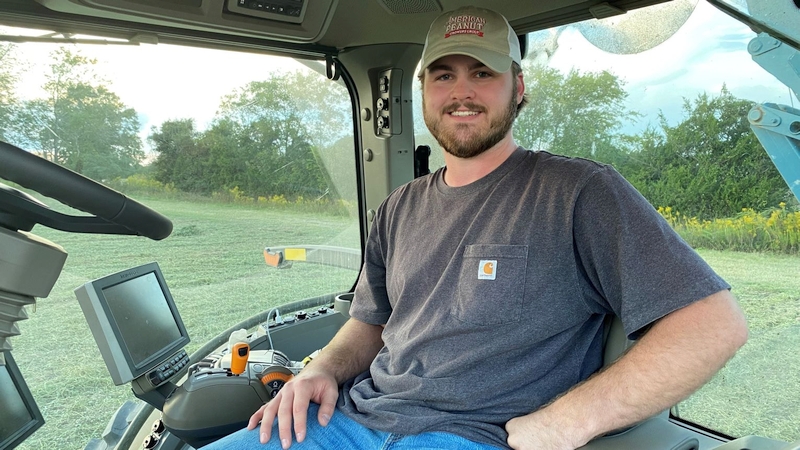Armor Looking for Expanded Product Line and New Geographies
The drop in cotton acres this year was somewhat of a surprise, considering the market seemed pretty strong going into April. Robert Cossar, Cotton Product Manager for Armor Cotton Seed, took notice.
“Those acres just never materialized,” he says. “I haven’t seen an official count, but it was surprising to see how much cotton didn’t get planted and how much corn did in the Mid-South and Southeast.”
To Cossar’s advantage, he had the continuing success of the Armor cotton lineup on his side, especially Armor 9371 B3XF, a mid-maturity variety that continues to be a strong yielder across the Cotton Belt.
The variety looked good in a lot of places. In North Carolina, it’s been at the top of the state Official Variety Trials (OVTs) over the past two to three years and continues to look good this year. In Mississippi, Armor 9371 B3XF was one of the top four varieties across all eight testing stations last year. And in Tennessee, it’s been a top 10% performer.
“We even had limited looks in Texas last year just because we were being careful with it to make sure it had the right storm tolerance,” adds Cossar. “But it looks really good out there, along with tolerance to Verticillium wilt.
“Being at the top of a lot of OVTs and county on-farm trials from the state Extension specialists is one of the biggest thing about that variety, along with its continued strong performance and quality.”
Armor also released its first ThryvOn Technology variety this year — Armor 9383 B3TXF. It’s another mid-maturity variety initially targeted to the West Tennessee/Northeast Arkansas market but is also showing out well in South Georgia and in Texas.
“We’re stretching it to see how well it travels,” says Cossar. “So far, reports are very, very good. We’re also excited about three new ThryvOn varieties we’re testing this year for potential release in 2024 to help round out our portfolio. That would give us two-to-three ThryvOn varieties and two-to-three B3XF varieties that look really strong.“
Heading into 2024, Cossar suggests that growers take a good look at their cotton fertility levels and ask some questions. How did the crop finish? Did we miss positions? What was the overall square retention rate?
“Look at the crop on the stalk to see where positions are missing,” he says. “It helps set us up for a better management strategy to take advantage of the genetics that we’re constantly improving year in and year out.”
“Every year, weather seems to be a challenge, but it’s a cross between genetics and the farmers’ management to get the most out of their crop,” he adds. “I think we’ll continue to see yields climb above that 2000-pound mark in a lot of areas where we never thought we’d see four-bale cotton.”
Cossar offers one other suggestion to growers: get involved in sustainability programs.
“The U.S. Cotton Trust Protocol continues to gain traction, and we’re really excited about that because it helps open up more markets and premiums on fiber for us,” he says. “To grow our market, we have to make cotton sustainable for us and sustainable to the general public to help get it back into some of the blends we’ve been taken out of.”
He notes that Land O’Lakes is joining the sustainability effort with its Truterra lineup, working to help improve demand.
“Ultimately, we continue to make cotton into a fabric that customers trust,” says Cossar. “They need to know where it’s coming from…that it’s local. That U.S. farmers grow the best cotton on the planet.”









